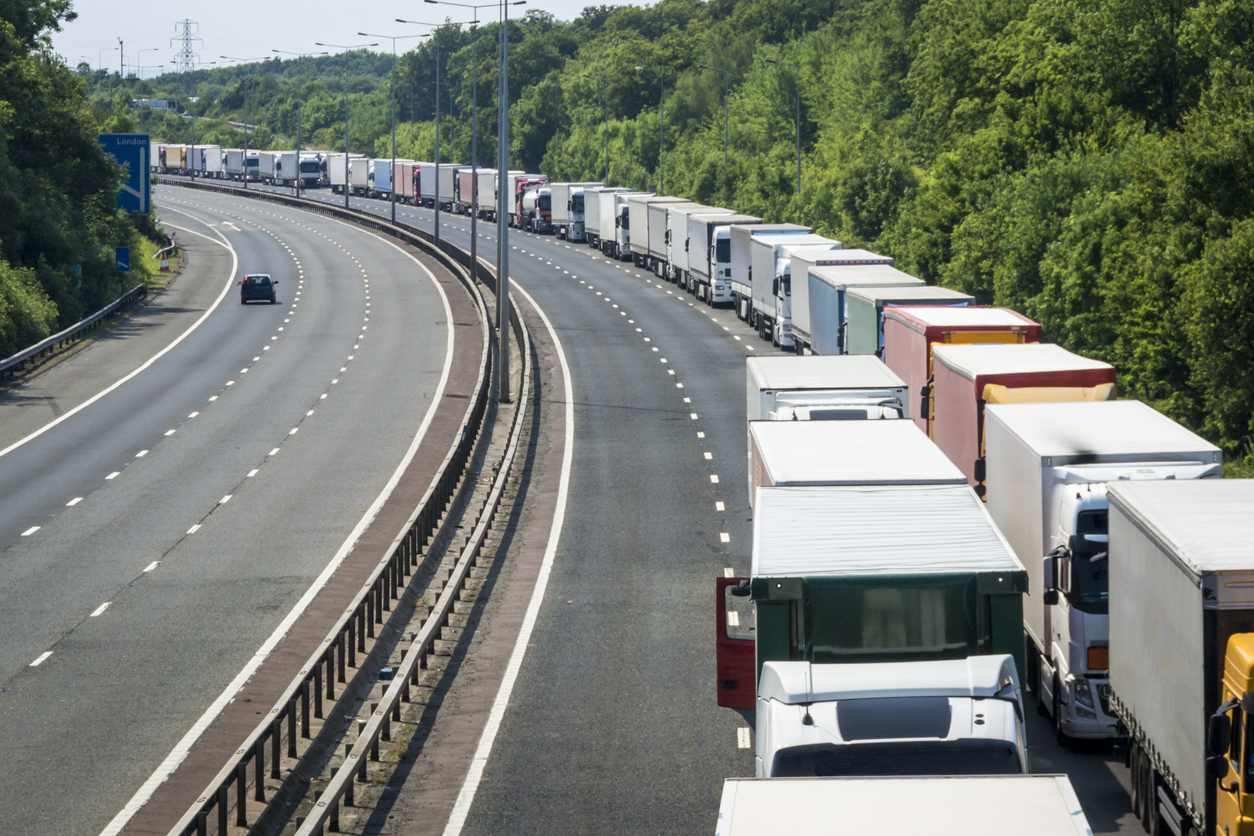Andrew Black, supply chain expert and Principal at Efficio, shares his advice on how business leaders can navigate supply chain disruption in a high-risk world.
Recent months, and even years, have seen the term “supply chain disruption” ring over and over –with port congestion, freight delays, and raw material shortages continuing to dominate the headlines as businesses struggle to keep up in a turbulent landscape. In fact, in January, Britain faced a renewed supply chain crisis, fuelled by the world’s longest turnaround times for processing shipping containers and a growing threat to China’s manufacturing and logistical capacity from the Omicron variant. All industries are being impacted – from car manufacturers who are being forced to cut output due to an ongoing chip shortage, to border delays impacting the availability of fresh food production. In fact, it was not too long ago that the UK faced an escalating energy and fuel crisis, leading to rapid price hikes, gridlocked petrol stations, and many pumps running dry.
Amid all this disruption and complications within the supply chain, demand is growing ever stronger – adding fuel to an already rapidly burning fire. Since the height of COVID – which saw everything slow down (including shipping) – the world has rebounded faster than any of us thought. The pent-up demand experienced over the last 18 months is now resulting in huge spikes in spending, and this is having a knock-on effect when it comes to global shipping capacity and availability of commodities. As a result, the cost of materials and shipping is extremely volatile – and this won’t slow down any time soon.
Rising demand
Whilst inflation was inevitable, this is all happening against a backdrop of increasing labour shortages, with HGV drivers placed at the forefront of this. According to a recent Road Haulage Association (RHA) survey, there is now a shortage of more than 100,000 qualified drivers in the UK. While some argue it has been a result of the lingering impact of the pandemic, others suggest that it is a cliff edge caused by Brexit that has created an employment gap – particularly across the haulage industry and warehousing sectors.
Nevertheless, whether it is a labour shortage or the ongoing impacts of COVID lockdowns, we are now living in an increasingly volatile world where disaster proofing has become the norm.
While each of these so-called “black swan” events may vary in specifics, the consequences are much the same, begging the question: does the concept of the ‘black swan’ event actually exist anymore?
Get ready for more complexity
Rather than seeing these events or circumstances as a “one-off”, organisations must adapt their business models to ensure resilience across the entire supply chain. This, for many, will require a change in mindset.
Whilst a business model based on pursuing revenue and squeezing costs may have worked in a low-risk world, this approach no longer makes sense. Instead, organisations must focus on building resilience where they can. This may require sourcing multiple contracts and diversifying suppliers or onshoring manufacturing operations to ensure production takes place closer to the customer. While this may be less cost-effective initially, these considerations can limit disruption if more of these events arise. Rather than pursuing revenue for its own sake, businesses would be wise to pursue good margins that factor in these additional costs and make way for a more resilient supply chain.
Along with this change in mindset, there also needs to be an infrastructure investment to keep pace with growth and a rebounding economy. Until now there has been a lag, and investment is needed urgently in order to catch up.
As we move towards a more complex supply chain, companies need to get smarter at understanding changes to demand. This requires smarter data and analytics.
Previously, where port operators were geared around big seasonal trends, demand has become much more complicated, and we are seeing the demand for peak-like volumes all year round. Unfortunately, traditional forecasting models are not as predictable in this new normal – so, to keep up, global supply chains need to adapt.
Welcome to the new norm
There will be those that argue that the remaining impacts of the pandemic pass, normality will return; however, this perspective underestimates both the scale of the COVID-19 impact and the extent to which it is acting as an accelerant of pre-existing trends in the supply chain. Companies need to accept that the ‘one-size-fits-all’ supply chain model is no longer valid.
To come out the other side of both current and future challenges, businesses need to understand that rather than a mere blip, a more permanent shift has taken place. Business leaders – and their Chief Procurement Officers (CPOs) – must act now to assess their existing supply chain model and determine whether it is fit for purpose in this new high-risk world, where there is a black swan event hiding around every corner. Those that arm themselves with the strategies and infrastructure needed for agility will be those that weather and come out on top of the stormy seas ahead.











